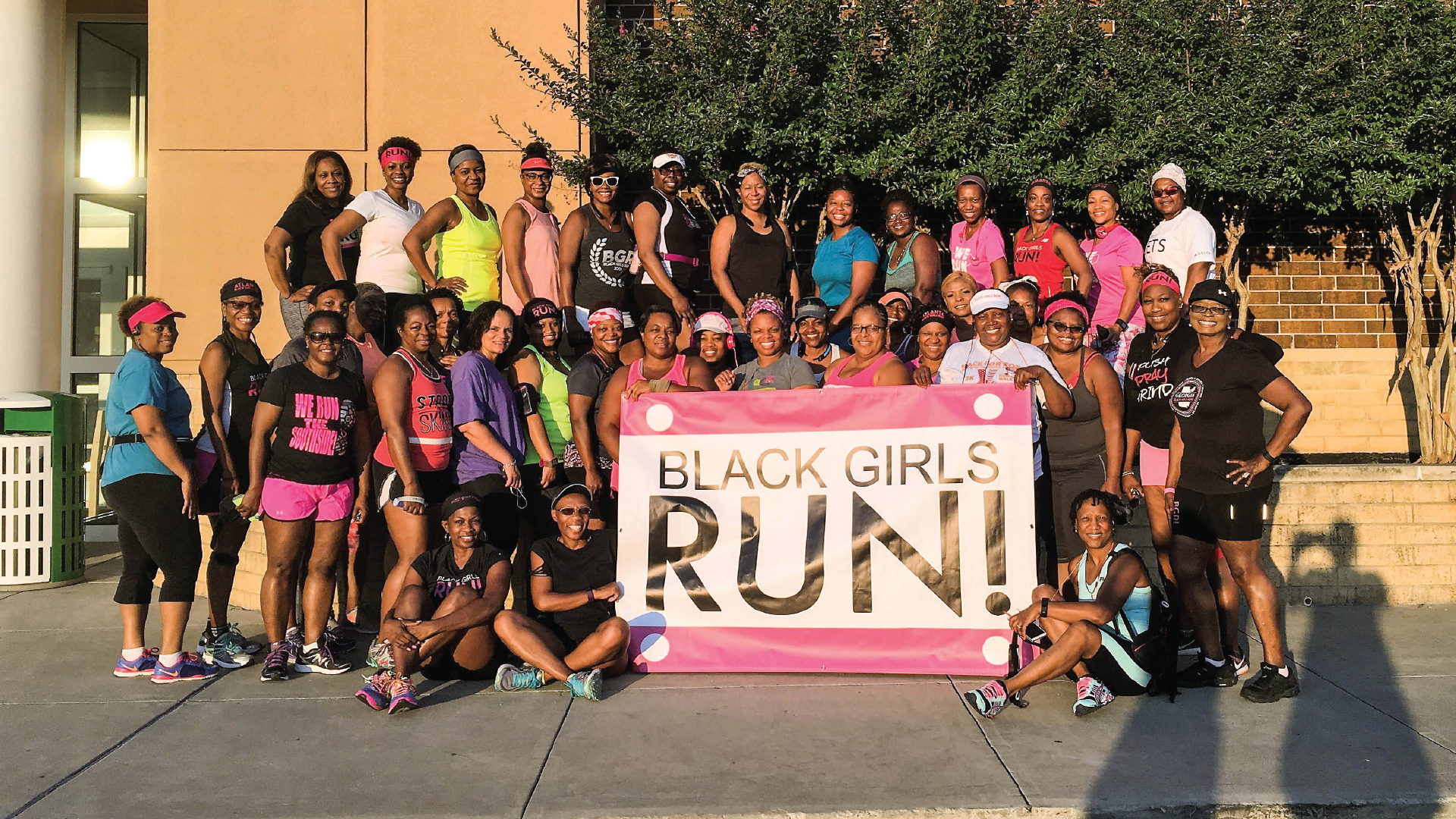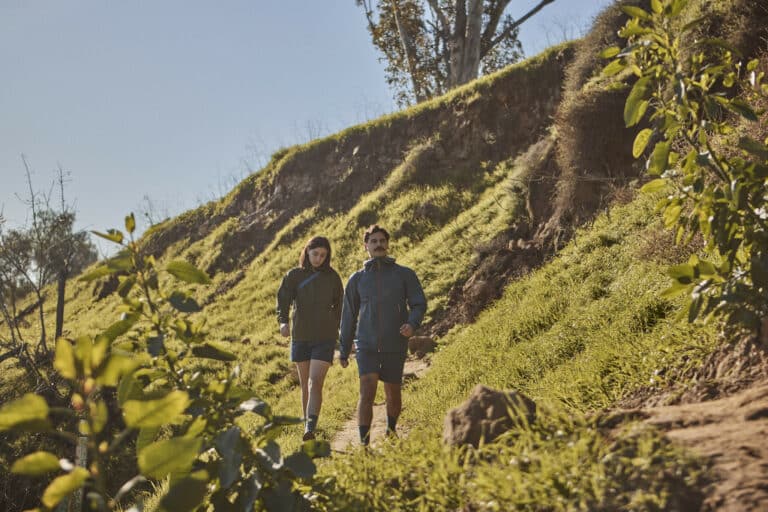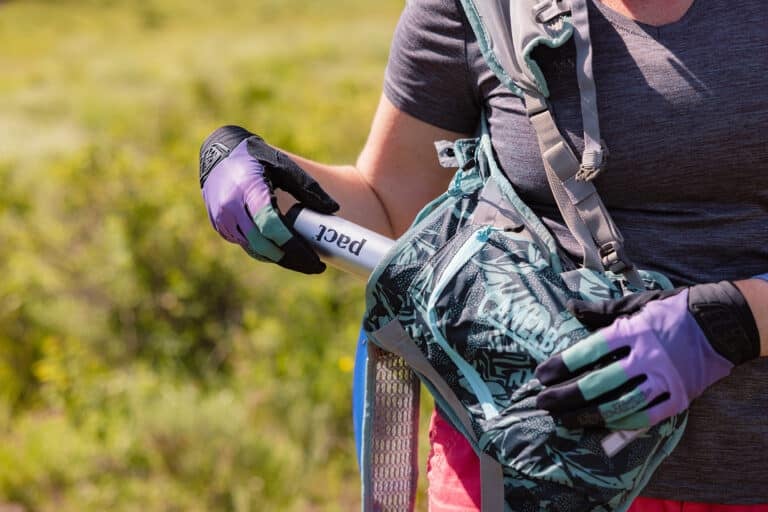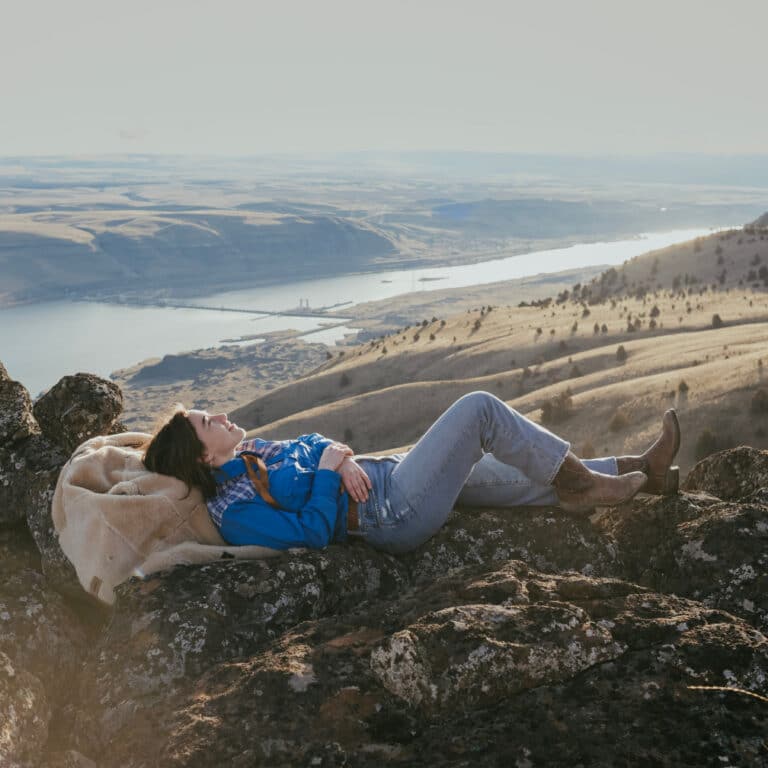Black Girls Run Brings More Color to the Starting Line
Cheryl Jackson went through a terrible divorce while going back to college and trying to put her own children through school. She was depressed and alone.
“But then running saved my life,” says Jackson. “Running gave me hope, and it gave me friendships, and it gave me a chance to do things I only saw on TV.” At age 50, Jackson ran the Philadelphia Marathon, and she has since completed a duathlon and triathlon.
She couldn’t do it without a little help from her friends at Black Girls Run. “The sisterhood is real,” she says, “and so is their mantra: No Woman Left Behind.”
Let’s face it: there are many health issues that plague the black community more than others. Black people are 30 percent more likely to die from heart disease than whites, and black women are 60 percent more likely than white women to have high blood pressure. Black people are almost twice as likely to be diagnosed with diabetes and high blood pressure as white people.
That’s why Black Girls Run was created a decade ago: To tackle the growing obesity epidemic in the African-American community and provide support to both new and experienced runners. Today, there are more than 220,000 members in 71 groups nationwide.
The black community has always been strong, because it had to be. In the U.S., black people have always had to rely on each other for support and celebration of the diaspora as we don’t often receive it outside of ourselves. More recently we have had to come together not only to combat political and socioeconomic injustices, but to support each other in leading healthy and active lifestyles.
There’s a stereotype that black people aren’t active outdoors. For a long time, I feared I would never be able to find a fitness community I could love because of this stereotype.
I struggled for a long time. Inside my head were the usual voices: “I can’t do it,” or “It’s too hard,” or “You can’t run.” I finally reached a breaking point: I could either keep sinking into the same negative ruts, or I could do something else. I decided to do something else.
But what, exactly? I never liked to go to the gym. I wanted to be outside, and I also wanted to be part of a community.
That’s when I stumbled upon some women with Black Girls Run t-shirts running together through Richmond. I started running with them, very slowly at first, once a week. It opened my eyes to a whole world of activity where I could be me and be more active outdoors.
Running with my sisters at Black Girls Run has changed my life—and is changing the stereotypes, too.
There is strength in numbers. As a collective, black women runners can achieve more and benefit exponentially. It can make us happier and lead to quality friendships. These relationships can help us to navigate the influences that others have over our lives. Expanding my fitness circle has allowed me to feel less isolated by the new lifestyle choices I’ve made, and these friendships help me combat the urge to regress into unhealthy habits.
Running is not easy. And only recently has the running world been introduced to the non-traditional runner. Black Girls Run brings color to the running world—with curves and all shapes and sizes. Black women like me can join the running community, feel welcome in the outdoors, and feel confident in their own skin.








